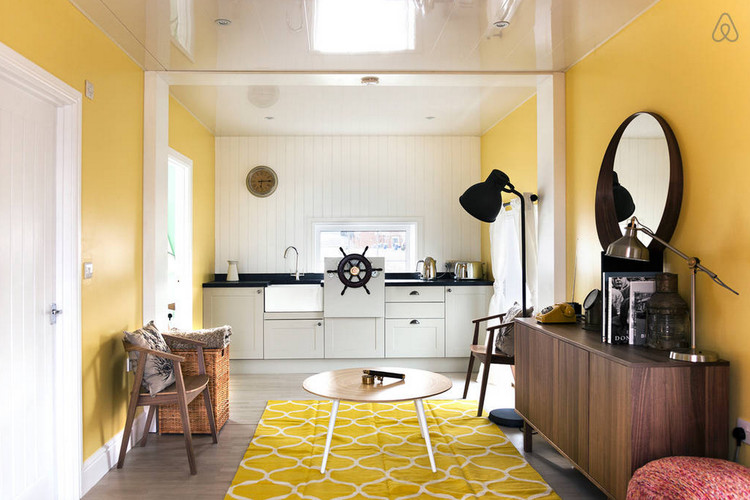
Home-sharing has become a phenomenon in the real estate and housing markets, with design playing a key factor in the success of a property, home, or room. The radical departure from the beige wallpaper and white linen hotel room has opened up a world of possibility for the adventurous traveler, from spending a night on the Great Wall of China to staying in an architectural masterpiece.
To help you design a successful Airbnb, we have provided 25 design tips for homeowners looking to turn their properties into profit. Remember, it's all about first impressions, and having that “curb appeal” will ultimately bring in people seeking one-of-a-kind experiences.





.jpg?1536399965)








.jpg?1536399955)